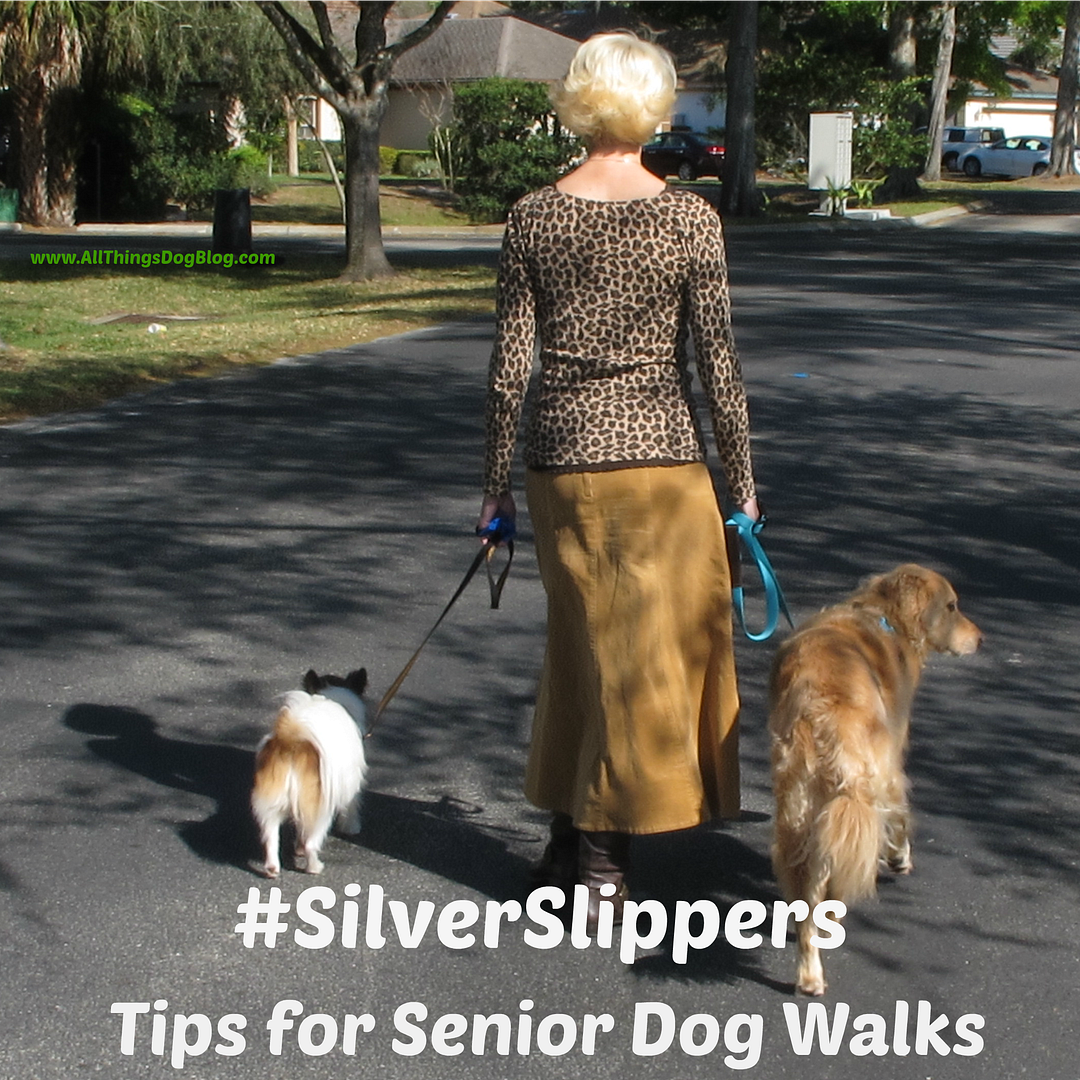It's so sad. An online news program I was just reading had a report of a drowned dog in a swimming pool. :( So sad.
Think about it. Just like when you have a small child in your home, you do all of the following, when you have a puppy or dog:
- Child proof lower shelves, lifting dangerous objects to above the reach of your dog.
- Place all medicines in latched cabinets or above the reach of a dog.
- Keep cleaning solutions, detergents, etc. all out of reach.
- Place all foods that might be hazardous to your dog above his reach or inside closed containers and inside a cabinet.
- Put dog toys away that are dangerous for unsupervised play.
- Go through your houseplants, removing any that are toxic to dogs.
- Train your dog to stay in the house, or contain him while you go to the door.
There are probably more, but you get the idea. Keeping your dog safe from water is no different:
- Assure that all nearby water is surrounded by fencing or gates, or that your dog is on a leash and supervised.
- Lock your own gates and doors to the pool or lake in your back yard. Tanner would have your back door open in 15 minutes, if it were not locked.
- Consider a lifevest for all but stealthy swimmers, as well as anytime you are venturing away from shore in a boat.
- Finally, drown proof your dog. Even if your dog hates the water, and some do, it is imperative that you teach him to swim and to learn how to get out of nearby waterways safely.
Take your dog to any open water in your area for a "fun" day of swimming. Allow him to get plenty warm from play before inviting him into the river, lake, ocean or pool. If he balks, you'll have to use my instructions for swimming lessons. Be sure to include one step I haven't yet covered. This is the most important part. Your dog must know where to get out of the water safely. You'll need to make this decision for him, and then guide him in this direction when you are going through "swimming lessons". Getting out of a body of water can be hazardous, and even tougher for tall-challenged dogs like Oliver, so consider the depth, weeds and other growth, the condition of the bottom, and the current if there is one.
Most swimming pools have two steps, but for Oliver, there is only one that is shallow enough for him to reach the bottom. That meant that he had to learn to get out of the pool at the same place, no matter where we put him in. We simply had him follow me to the shallow step each time, until he did it automatically on his own.
On June 10, you may have seen my post Swimming Isn't Just for Lab-Lovers, where I displayed photos of Oliver (all 8.2 pounds of him!) learning to swim. His enjoyment of the water is growing, although I'm not kidding myself. He may never love the water like Tanner does. More importantly though, he knows how to swim, and he can get out of our pool. Hopefully, we have done the job well. But, if not, there are alternatives:




































0 comments:
Post a Comment